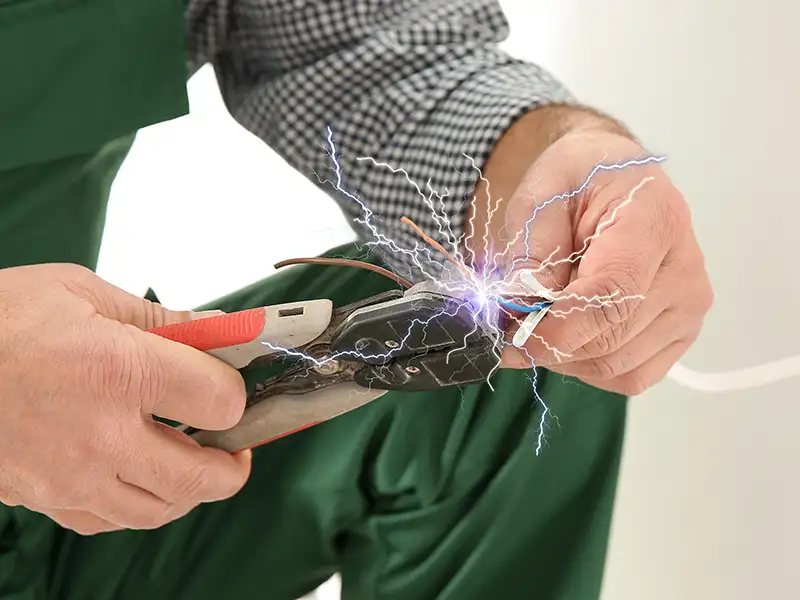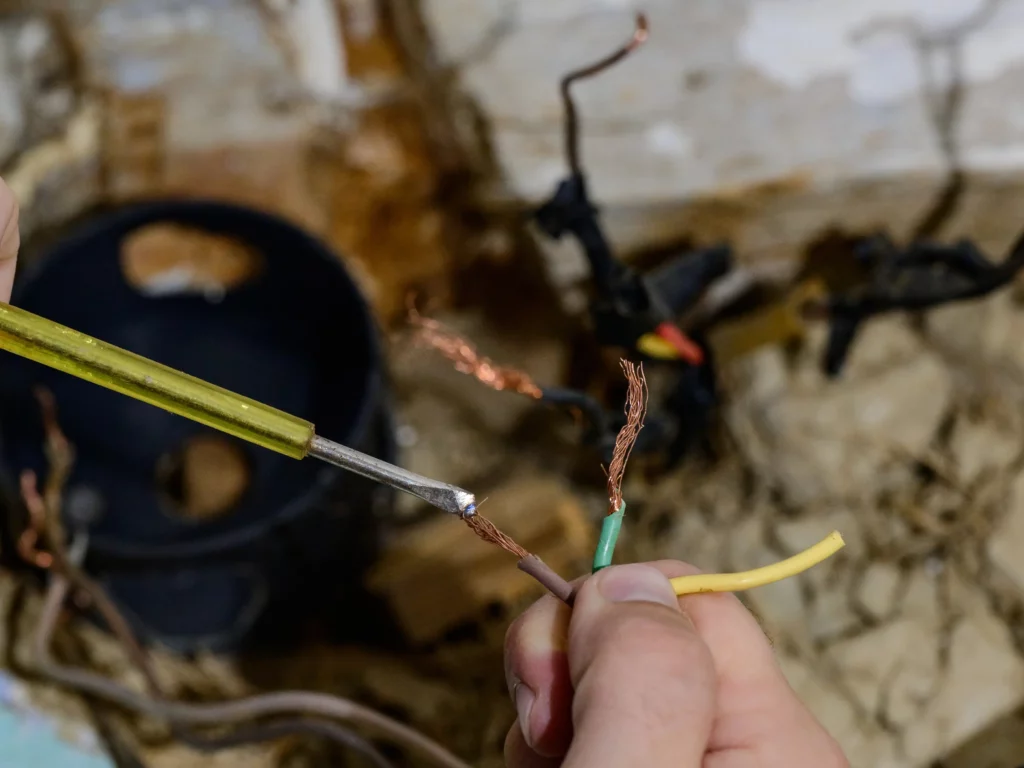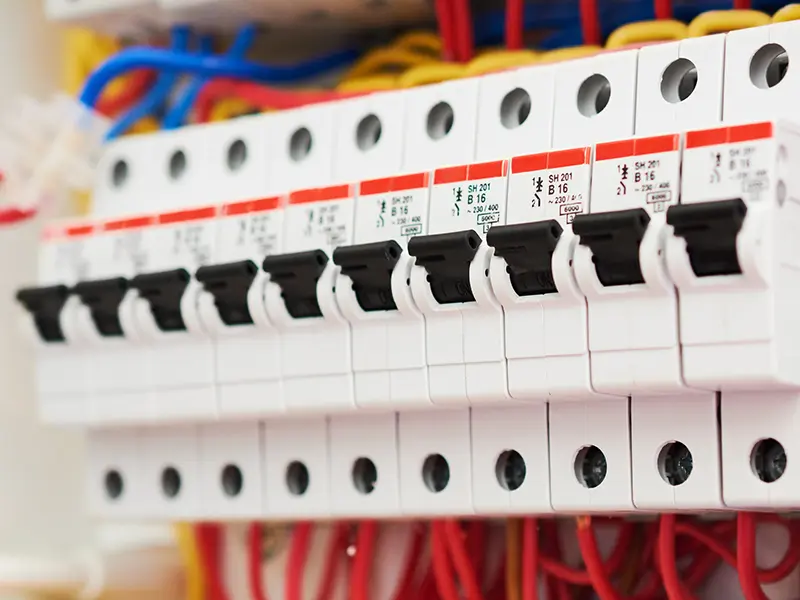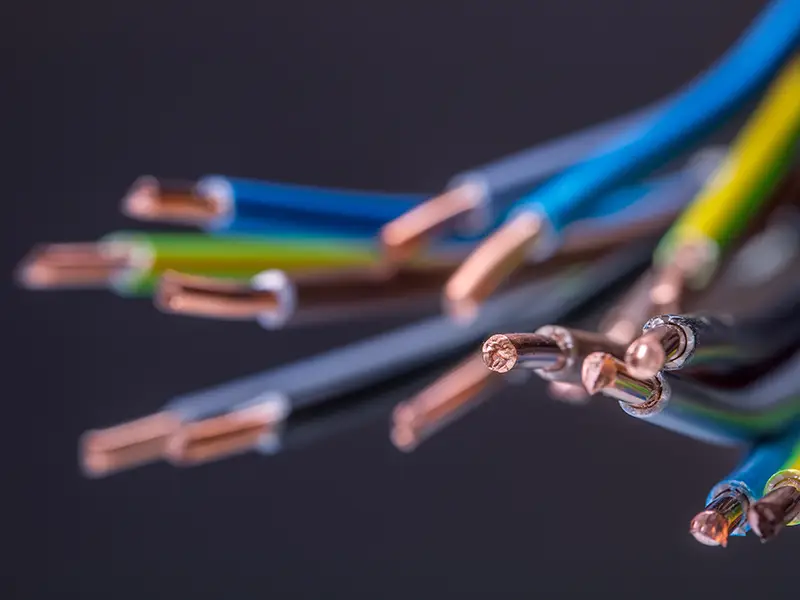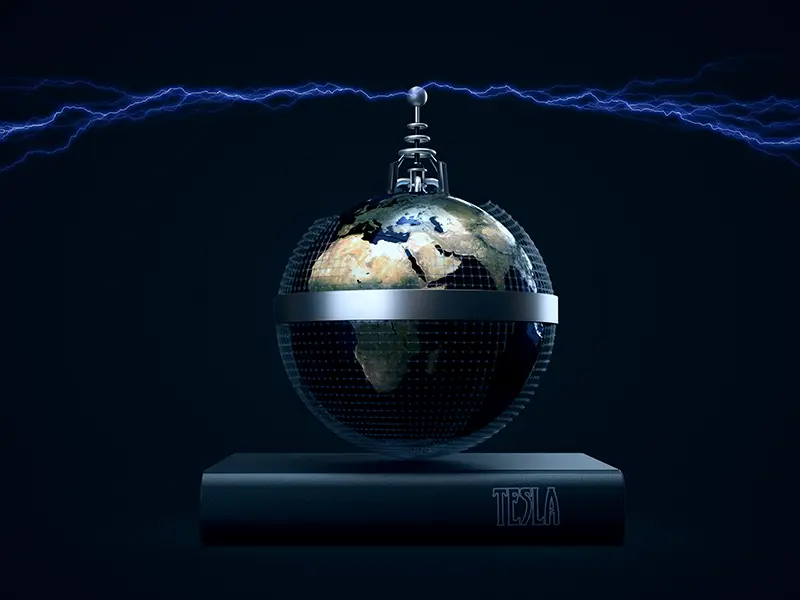phoenix
DIY Electrical Projects You Should Leave to the Pros
Tackling home projects yourself can be rewarding—and often cost-effective—but when it comes to electrical work, the risks can far outweigh the benefits.
Read MoreThe Dangers of Old Wiring (And When It’s Time to Replace It)
Outdated electrical wiring is more than just an inconvenience, it’s a ticking time bomb for homeowners. As wires age, their insulation can degrade, exposing them to moisture and creating the perfect conditions for short circuits and electrical fires. Furthermore, old wiring often cannot handle the demands of modern appliances, leading to overloaded circuits and increased…
Read MoreCommon Electrical Problems at Home (and How to Spot Them)
Electrical issues in your home can be more than just an inconvenience; they can pose serious safety risks if left unaddressed.
Read MoreElectrical Accidents
Electrical accidents can happen in an instant and often result in severe consequences if not handled properly.
Read MoreElectrical Wire Gauge
Wire gauge is a measurement of wire diameter. This determines the amount of electric current a wire can safely carry.
Read MoreThe Benefits of Modern Electricity
Modern electricity has brought significant benefits to society, making our lives easier, more efficient, and more connected. Electricity has replaced many manual tasks, which has led to increased efficiency and productivity in almost every industry. The ability to transmit electrical signals has revolutionized communication. With the help of electricity, people can communicate across the globe…
Read More3 Phase vs. Single Phase Power
Single Phase power is a two wire Alternating Current (AC) power circuit. Most people use it every day because it’s the most common household power circuit and powers their lights, televisions and some appliances. Typically there is one power wire and one neutral wire, and power flows between the power wire (through the load)…
Read MoreEnergy From Wind
For centuries, windmills usually were used to mill grain and pump water. The use of windmills was increasingly widespread from the 12th century until the early 19th century. Today’s modern wind turbines only produce electrical power, producing anywhere from 50 kW up to 600 kW. Call Rogoz Electric at 623-636-5648 for all your commercial and…
Read MoreNikola Tesla Was an Inventor and Futurist
Nikola Tesla was an inventor and futurist who is best known for his contributions to the design of the modern alternating current (AC) electricity supply system. Tesla tried to put his inventions to practical use in his Wardenclyffe Tower project, an intercontinental wireless communication and power transmitter. Tesla’s intention was to develop a system that…
Read MoreSmart Homes of the Future
Smart Homes of the future using the Internet of Things will require specialized electrical needs.
Read More